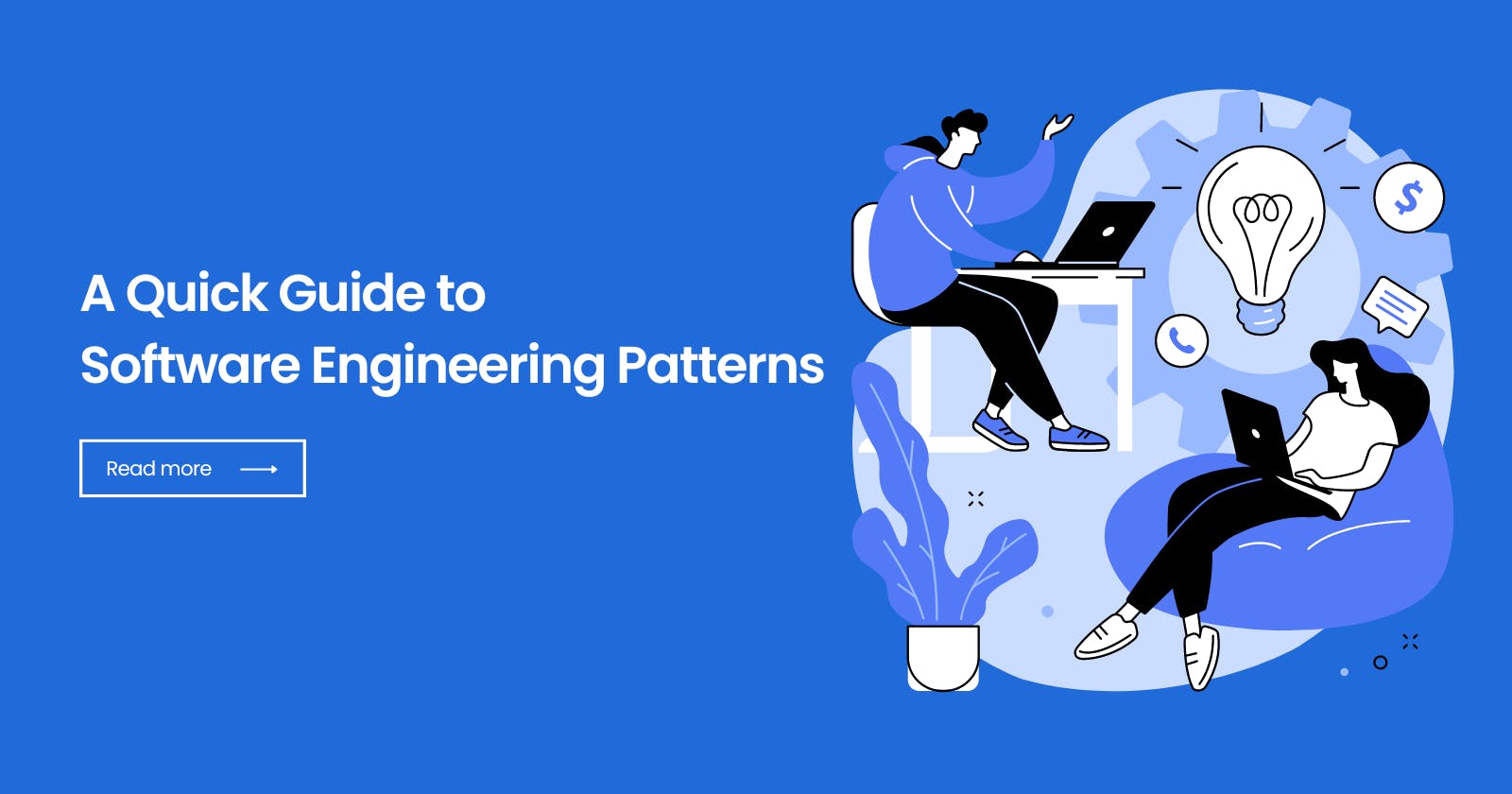A vital part of any tech project is picking a suitable software engineering pattern that will promote easy maintenance, scalability, and seamless integration with other technologies.
This article, with insights from GEM’s experts, matches project needs with corresponding patterns for optimal project outcomes and fosters long-term digital success.

Four most common software engineering patterns – What problems do they address?
In this section, we attempt to match software engineering patterns with the problems and challenges they are most effective for. We deliver more than quick information – GEM’s experts are here to explain to you how these matches are made.
Read full article: Software engineering patterns – A 5-minute guide to effectively navigating your tech project
Microservices pattern
The microservices architecture is a software design approach where an application is built as a collection of small, independent services, each running in its own process and communicating via well-defined APIs. Designed around specific business functions, these services can be deployed independently using automated processes.
Therefore, the key advantages of the microservices architecture are making software easier to scale and enabling faster time-to-market.

This software engineering pattern is suitable for projects with the following characteristics:
Large-scale and complex projects: Projects that are too large for a single team to manage effectively can be broken down into smaller, more manageable microservices.
Rapidly evolving systems: If the project needs to accommodate rapid changes or frequent updates, microservices allow individual components to be updated independently without impacting the entire system.
Diverse technology requirements: Projects that require using different programming languages, frameworks, or databases for different components can leverage microservices to encapsulate these diverse requirements within separate services.
Great need for scalability: For applications that need to scale dynamically in response to varying loads, microservices allow for scaling individual components rather than the entire application.
Event-driven pattern
The event-driven architecture pattern is a widely used asynchronous approach that enables the development of highly scalable applications by focusing on event processing. In this system, events signify important state changes. Event producers create these events, which are then detected and acted upon by event consumers, facilitating a reactive and decoupled system design.
A notable benefit of using the event-driven architecture pattern is that it enables applications to be highly scalable due to its distributed asynchronous architecture pattern. Also, it is highly adaptable and can be used for development projects of different sizes – from small, simple projects to large and complex ones.

Event-driven architectures are suitable for:
Real-time data processing applications, such as monitoring systems or analytics platforms.
Applications that require high levels of scalability and responsiveness, like e-commerce websites with real-time inventory management.
Systems that involve a significant amount of inter-service communication, such as microservices architectures, where services need to react to changes propagated by other services.
Layered pattern
The layered pattern, also known as the n-tier architecture pattern, is a software architecture pattern that organizes applications into distinct layers, each with a specific responsibility and function. This separation of concerns makes the pattern highly popular for designing traditional web applications and enterprise systems. Typically, the architecture is divided into at least three layers, but it can include more depending on the application’s complexity.
The layered pattern is particularly useful for applications that require a clear separation of functionality, such as:
Enterprise applications where business rules are complex and frequently changing.
Web applications that require a distinct separation between the user interface and the backend.
Applications that might need to support different types of clients or user interfaces.

Service-oriented architecture (SOA) pattern
Service-oriented architecture (SOA) is a software design approach where applications are composed of discrete and loosely coupled services. These services communicate with each other through well-defined interfaces and protocols, often using web services standards like SOAP (Simple Object Access Protocol) or REST (Representational State Transfer).
The primary goal of SOA is to enhance flexibility, reusability, and interoperability in software development.
SOA is particularly beneficial in environments where integration and flexibility are key. Typical use cases include:
Enterprise application integration (EAI): Integrating various enterprise applications to ensure they work seamlessly together.
Business process management (BPM): Designing, implementing, and improving business processes by orchestrating services that represent individual tasks within those processes.
Cloud computing: Offering and consuming software-as-a-service (SaaS) components.

In conclusion, the strategic selection of software engineering patterns plays a fundamental role in shaping the trajectory of digital projects. GEM Corporation hopes that our quick article has clarified certain points of consideration when making this decision and proves to be helpful for your tech project!
Read more useful insight here: GEM Blog

